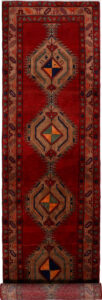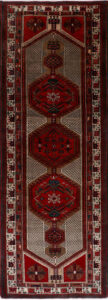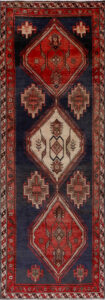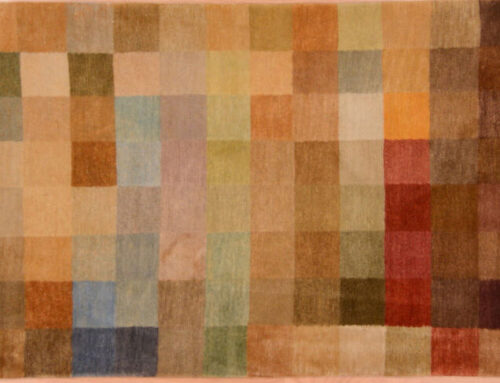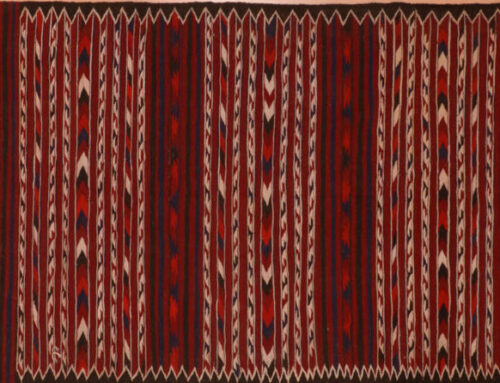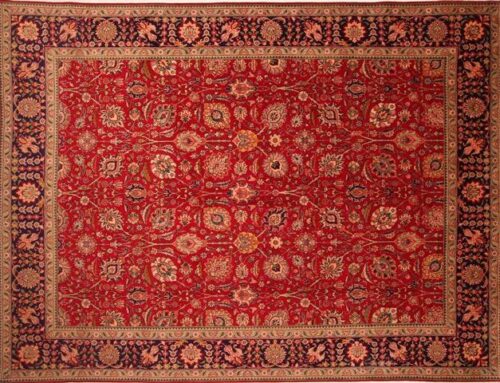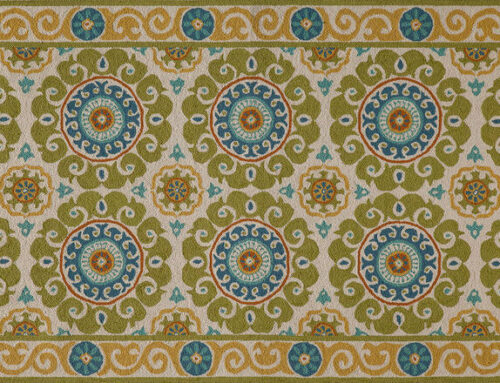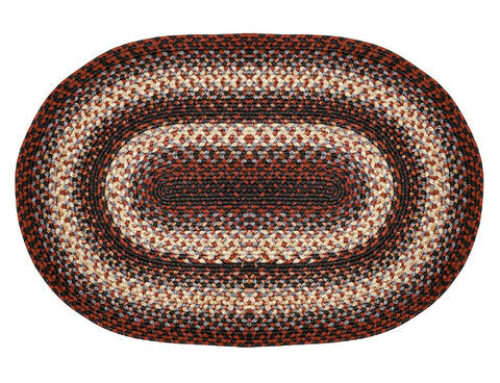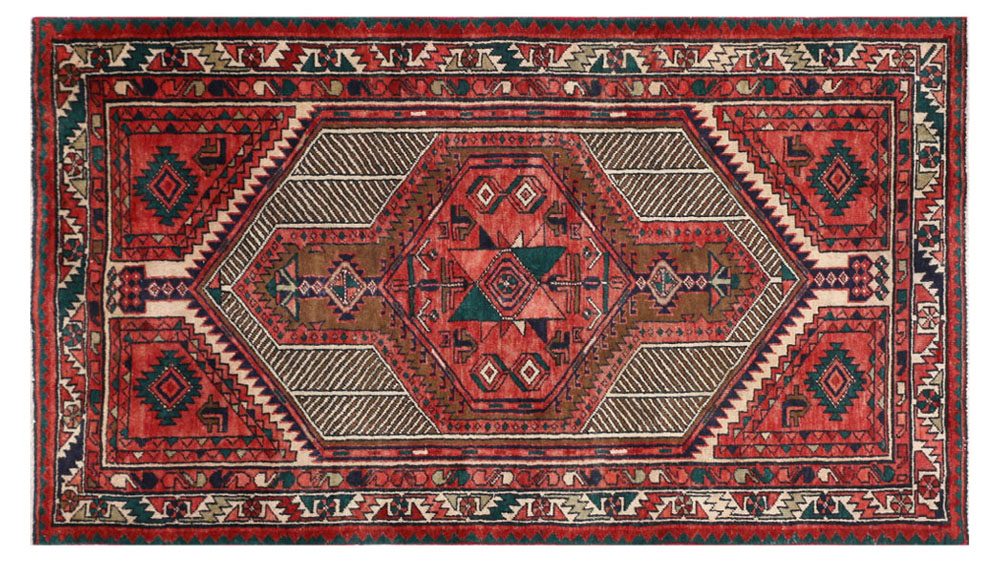
Origin of Sarab Rugs
Sarab is a small village in Azerbaijan in Northwestern Iran. The surrounding region is occupied mainly by semi-nomadic tribes, mainly of Shahsavan and Turco-Persian descent. The village is situated on a mountainous plateau very high in altitude and life is harsh yet sweet in these regions of rural Iran.
History of Sarab Rugs
This ancient region of Iran is very renowned for rug weaving. It has a rich history that dates back a long time. Here, in these rugged and mountainous conditions, much like many other parts of Iran, almost all the men and women have the talent and skill to weave high quality carpets by hand, with no use of modern technology whatsoever. In some cases, rug weaving is the family’s main source of income.
They trade the rugs in nearby cities with local merchants for staples and necessities of the home. A few regions and towns that are included in this Turkish region of Iran are Ardabil, Bakhshaish, Gharadjeh (Gharabagh), Goravan, Heriz, Mehriban, Sarab, and Shahsavan. Their weaving style originates partly from Mongols who invaded Iran in the 13th century, and settled the northwest.
This historic region of Iran and some parts of Turkey and Uzbekistan have really been significant in the forming of the present day carpet industry. Carpet weaving has long been a custom of theirs and they continue to weave them everyday. Almost all Sarab rugs however are made in long runner sizes and they are ideal for a heavy traffic hallway or foyer.
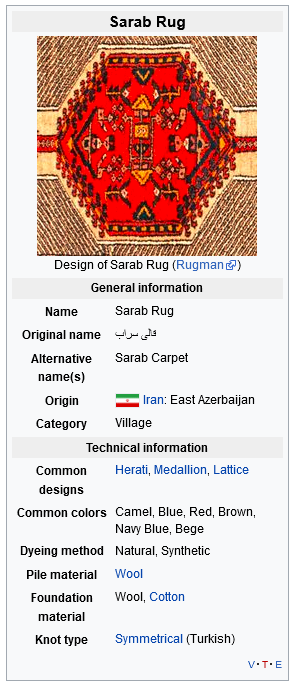
Sarab Rug Infobox | © WikiRug
Characteristics of Sarab Rugs
-
Material and Knots
Weavers of these regions usually use their own symmetrical Turkish double knotting style, which tends to be dense and tightly packed down. The asymmetrical Persian knot can also be seen in cities such as Ardabil. The pile of these rugs is thick lustrous wool, handspun from local sheep. Cotton is the material of choice for the foundation because it is very strong. However, goat hair can also be seen in some Turkish tribal carpets. In a few regions such as Ardabil, silk is blended in with the wool pile to produce a gorgeous rug.
-
Color
The main colors in Sarabs include earth tone brown, rust, camel, tan, muted red, and taupe. Natural vegetable and root dyes are mainly used for the coloring of the rugs. These rugs are generally very sturdy and hardwearing and they still use the brilliant weaving techniques that they used thousands of years ago.
-
Design and Pattern
Most rugs made in Sarab have geometric patterns with simple yet elegant motifs throughout.
Collections
- Sarab Rug | © Rugman
- Sarab Rug | © Rugman
- Sarab Rug | © Rugman


